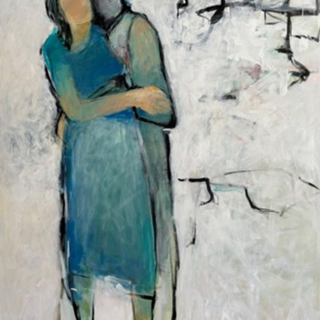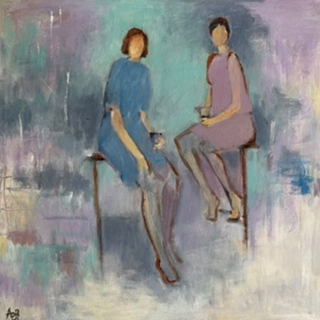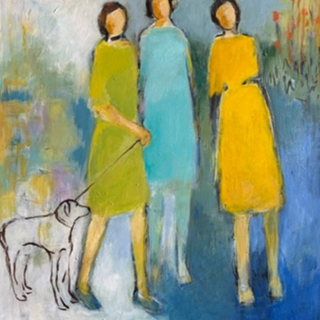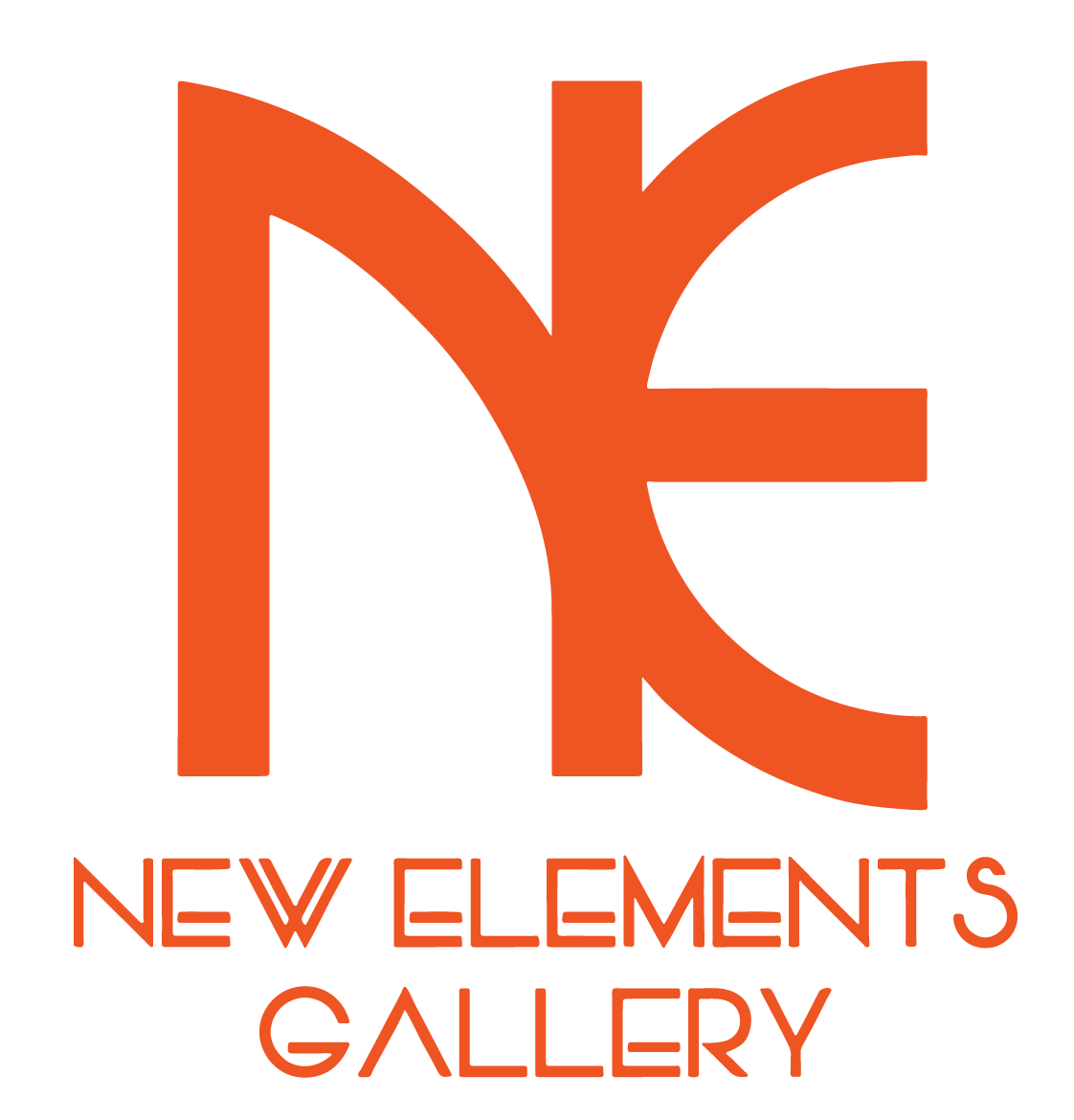In the realm of interior design, the right artwork serves as more than mere decoration—it becomes the soul of a space. Abstract figurative art, with its unique position between recognizable human forms and pure abstraction, offers an exceptional design resource that can elevate any home environment. This artistic approach creates an intriguing visual experience, presenting familiar human elements that have been thoughtfully distorted, fragmented, or reimagined.
Finding Balance Between Recognition and Imagination
What distinguishes abstract figuration is its remarkable ability to provide viewers with recognizable anchors—perhaps a suggestion of a face or the outline of a human form—while simultaneously challenging perception through artistic manipulation of these elements. This delicate balance creates an engaging visual dialogue, inviting observers to participate in the interpretation of what they see.
Versatility in Design Application
The adaptability of abstract figurative artwork makes it particularly valuable in home design. These pieces can function as commanding focal points in primary living spaces or as subtle complementary elements that enhance an existing color palette or design theme. Unlike purely abstract compositions that might appear too distant or disconnected for some environments, or photorealistic portraits that can sometimes create an intrusive presence, abstract figuration introduces a human element without imposing specific emotional narratives on the space.



